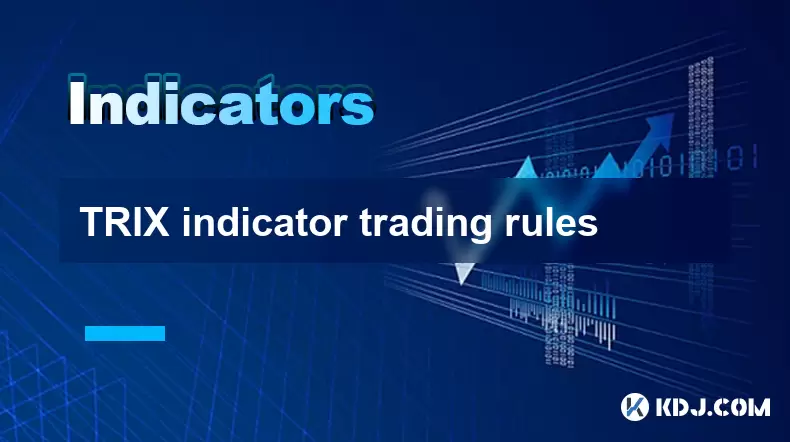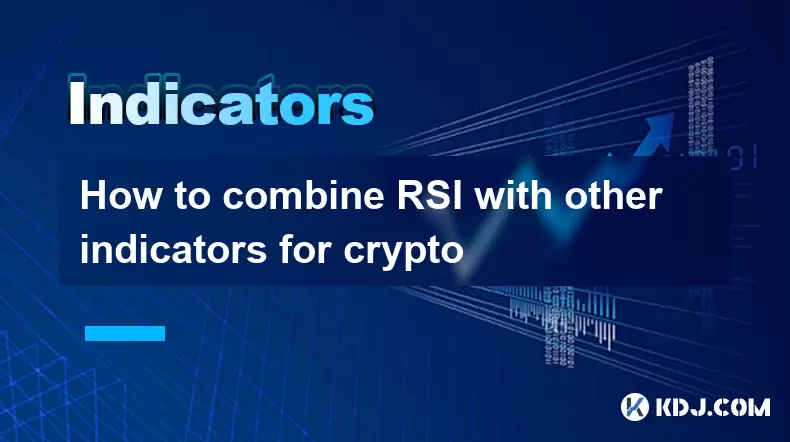-
 Bitcoin
Bitcoin $121,713.8152
3.06% -
 Ethereum
Ethereum $3,041.6437
2.42% -
 XRP
XRP $2.9499
5.12% -
 Tether USDt
Tether USDt $1.0000
-0.02% -
 BNB
BNB $704.1034
1.75% -
 Solana
Solana $166.7523
2.91% -
 USDC
USDC $0.9999
0.00% -
 Dogecoin
Dogecoin $0.2052
2.90% -
 TRON
TRON $0.3011
-0.47% -
 Cardano
Cardano $0.7461
1.42% -
 Hyperliquid
Hyperliquid $48.3650
1.12% -
 Stellar
Stellar $0.4548
3.52% -
 Sui
Sui $3.9527
14.50% -
 Chainlink
Chainlink $16.3300
5.87% -
 Bitcoin Cash
Bitcoin Cash $511.8016
1.25% -
 Hedera
Hedera $0.2395
1.40% -
 Avalanche
Avalanche $21.6526
2.06% -
 UNUS SED LEO
UNUS SED LEO $9.0073
-0.23% -
 Shiba Inu
Shiba Inu $0.0...01369
2.61% -
 Toncoin
Toncoin $3.0335
0.66% -
 Litecoin
Litecoin $96.6206
1.72% -
 Monero
Monero $355.1673
5.35% -
 Polkadot
Polkadot $4.0839
2.47% -
 Uniswap
Uniswap $9.3282
9.72% -
 Dai
Dai $0.9997
-0.01% -
 Ethena USDe
Ethena USDe $1.0004
-0.04% -
 Pepe
Pepe $0.0...01248
1.07% -
 Bitget Token
Bitget Token $4.4642
2.68% -
 Aave
Aave $325.0626
6.81% -
 Bittensor
Bittensor $418.1482
6.22%
TRIX indicator trading rules
The TRIX indicator helps traders identify momentum shifts and potential trend reversals by smoothing price data and highlighting key crossovers and divergences.
Jul 14, 2025 at 07:35 pm

Understanding the TRIX Indicator
The TRIX (Triple Exponential Average) indicator is a momentum oscillator used in technical analysis to identify oversold and overbought conditions, as well as potential trend reversals. It calculates the rate of change of a triple exponentially smoothed moving average, making it less sensitive to short-term price fluctuations compared to other oscillators like RSI or MACD.
One key aspect of TRIX is its ability to filter out market noise, which allows traders to focus on significant changes in momentum. This makes it particularly useful for identifying early signals of trend exhaustion or reversal points.
Setting Up the TRIX Indicator on Trading Platforms
To use the TRIX indicator effectively, you first need to add it to your charting platform. Most platforms such as TradingView, MetaTrader 4/5, and Binance's native tools support TRIX. Here’s how you can set it up:
- Open your preferred trading platform
- Navigate to the indicators section
- Search for "TRIX" or "Triple Exponential Average"
- Add it to the chart
- Adjust the default period setting if necessary (usually 14 or 15)
It’s crucial to understand that the default settings may not suit all trading styles or assets, especially in volatile cryptocurrency markets. Traders often tweak the period length depending on whether they're scalping, day trading, or swing trading.
Interpreting TRIX Line Crossings
A common TRIX trading rule involves the signal line crossover. The TRIX indicator typically includes a signal line, which is a moving average of the TRIX line itself. When the TRIX line crosses above the signal line, it's considered a bullish signal, suggesting upward momentum is increasing. Conversely, when the TRIX line crosses below the signal line, it's viewed as a bearish signal, indicating growing downward pressure.
These crossovers are most effective when combined with volume confirmation or other supporting indicators like moving averages or Bollinger Bands. In fast-moving crypto markets, false signals can occur frequently, so additional filters are recommended.
Zero Line Crossovers and Momentum Shifts
Another core TRIX trading strategy revolves around zero line crossings. When the TRIX line moves above zero, it suggests that the momentum has shifted from negative to positive, signaling a possible uptrend. On the flip side, when the TRIX line drops below zero, it indicates that momentum is turning bearish, potentially forecasting a downtrend.
However, traders should be cautious about using zero line crossovers in isolation, especially in sideways or choppy markets where momentum can fluctuate without a clear direction. Combining this with candlestick patterns or support/resistance levels can increase accuracy.
Using Divergence to Predict Reversals
TRIX divergence is one of the more advanced yet powerful methods for anticipating trend reversals. A bullish divergence occurs when the price makes a lower low, but the TRIX indicator forms a higher low, suggesting weakening bearish momentum. Similarly, a bearish divergence happens when the price hits a higher high, but the TRIX records a lower high, signaling diminishing bullish strength.
This type of analysis is particularly valuable in cryptocurrency trading, where strong trends can reverse abruptly due to news events or macroeconomic factors. Monitoring divergence helps traders anticipate shifts before they become apparent on the price chart.
Practical Application in Cryptocurrency Markets
In cryptocurrency trading, TRIX can be applied across various timeframes, from 1-minute charts for scalping to daily charts for long-term position trading. For instance:
- Scalpers might use a 9-period TRIX with tight stop-losses
- Day traders could opt for a 14-period TRIX with signal line crossovers
- Swing traders may combine TRIX with Fibonacci retracements or Ichimoku Cloud
Proper risk management must accompany any TRIX-based strategy, including fixed stop-loss orders and position sizing based on volatility. Given the high volatility of cryptocurrencies, using TRIX alongside volatility filters like ATR (Average True Range) can improve trade setups.
Frequently Asked Questions (FAQ)
Q: Can TRIX be used alone for trading decisions?
While TRIX provides valuable insights into momentum, it’s best used in conjunction with other indicators or price action strategies, especially in unpredictable crypto markets.
Q: How does TRIX differ from MACD?
TRIX focuses on triple smoothing to reduce noise, while MACD uses two exponential moving averages and a histogram. TRIX tends to generate fewer signals and is more suited for filtering false breakouts.
Q: What is the optimal TRIX setting for Bitcoin trading?
There's no universal setting, but many traders find success using a 14-period TRIX on 1-hour or 4-hour charts, adjusting based on market conditions and personal strategy.
Q: Is TRIX suitable for altcoin trading?
Yes, TRIX works well with altcoins, though traders should adjust the period length and consider higher volatility when setting entry and exit points.
Disclaimer:info@kdj.com
The information provided is not trading advice. kdj.com does not assume any responsibility for any investments made based on the information provided in this article. Cryptocurrencies are highly volatile and it is highly recommended that you invest with caution after thorough research!
If you believe that the content used on this website infringes your copyright, please contact us immediately (info@kdj.com) and we will delete it promptly.
- MoonBull, Crypto Race, Melania Hype: Decoding the Meme Coin Mania
- 2025-07-15 02:30:12
- Southeast Asia: Deep Incubation Fuels Investment Boom
- 2025-07-15 02:30:12
- MANTRA, Google Cloud, and the $OM Surge: What's Driving the RWA Revolution?
- 2025-07-15 02:35:12
- XRP's Wild Ride: Implied Volatility and Potential Price Swings
- 2025-07-15 01:10:12
- Altcoin Companies Launch: HYPE's Bold Nasdaq Move & Promising Altcoins to Watch
- 2025-07-15 01:50:12
- Crypto, Ethereum, Tokens: What's Hot in the NYC Crypto Scene?
- 2025-07-15 01:55:13
Related knowledge

Advanced RSI strategies for crypto
Jul 13,2025 at 11:01am
Understanding the Basics of RSI in Cryptocurrency TradingThe Relative Strength Index (RSI) is a momentum oscillator used to measure the speed and chan...

Crypto RSI for day trading
Jul 12,2025 at 11:14am
Understanding RSI in the Context of Cryptocurrency TradingThe Relative Strength Index (RSI) is a momentum oscillator used to measure the speed and cha...

Crypto RSI for scalping
Jul 12,2025 at 11:00pm
Understanding RSI in the Context of Crypto TradingThe Relative Strength Index (RSI) is a momentum oscillator widely used by traders to measure the spe...

What does an RSI of 70 mean in crypto
Jul 13,2025 at 06:07pm
Understanding the RSI Indicator in Cryptocurrency TradingThe Relative Strength Index (RSI) is a widely used technical analysis tool that helps traders...

How to avoid RSI false signals in crypto
Jul 13,2025 at 06:21pm
Understanding RSI and Its Role in Crypto TradingThe Relative Strength Index (RSI) is a momentum oscillator used to measure the speed and change of pri...

How to combine RSI with other indicators for crypto
Jul 12,2025 at 08:35am
Understanding the Role of RSI in Crypto TradingThe Relative Strength Index (RSI) is a momentum oscillator that measures the speed and change of price ...

Advanced RSI strategies for crypto
Jul 13,2025 at 11:01am
Understanding the Basics of RSI in Cryptocurrency TradingThe Relative Strength Index (RSI) is a momentum oscillator used to measure the speed and chan...

Crypto RSI for day trading
Jul 12,2025 at 11:14am
Understanding RSI in the Context of Cryptocurrency TradingThe Relative Strength Index (RSI) is a momentum oscillator used to measure the speed and cha...

Crypto RSI for scalping
Jul 12,2025 at 11:00pm
Understanding RSI in the Context of Crypto TradingThe Relative Strength Index (RSI) is a momentum oscillator widely used by traders to measure the spe...

What does an RSI of 70 mean in crypto
Jul 13,2025 at 06:07pm
Understanding the RSI Indicator in Cryptocurrency TradingThe Relative Strength Index (RSI) is a widely used technical analysis tool that helps traders...

How to avoid RSI false signals in crypto
Jul 13,2025 at 06:21pm
Understanding RSI and Its Role in Crypto TradingThe Relative Strength Index (RSI) is a momentum oscillator used to measure the speed and change of pri...

How to combine RSI with other indicators for crypto
Jul 12,2025 at 08:35am
Understanding the Role of RSI in Crypto TradingThe Relative Strength Index (RSI) is a momentum oscillator that measures the speed and change of price ...
See all articles

























































































